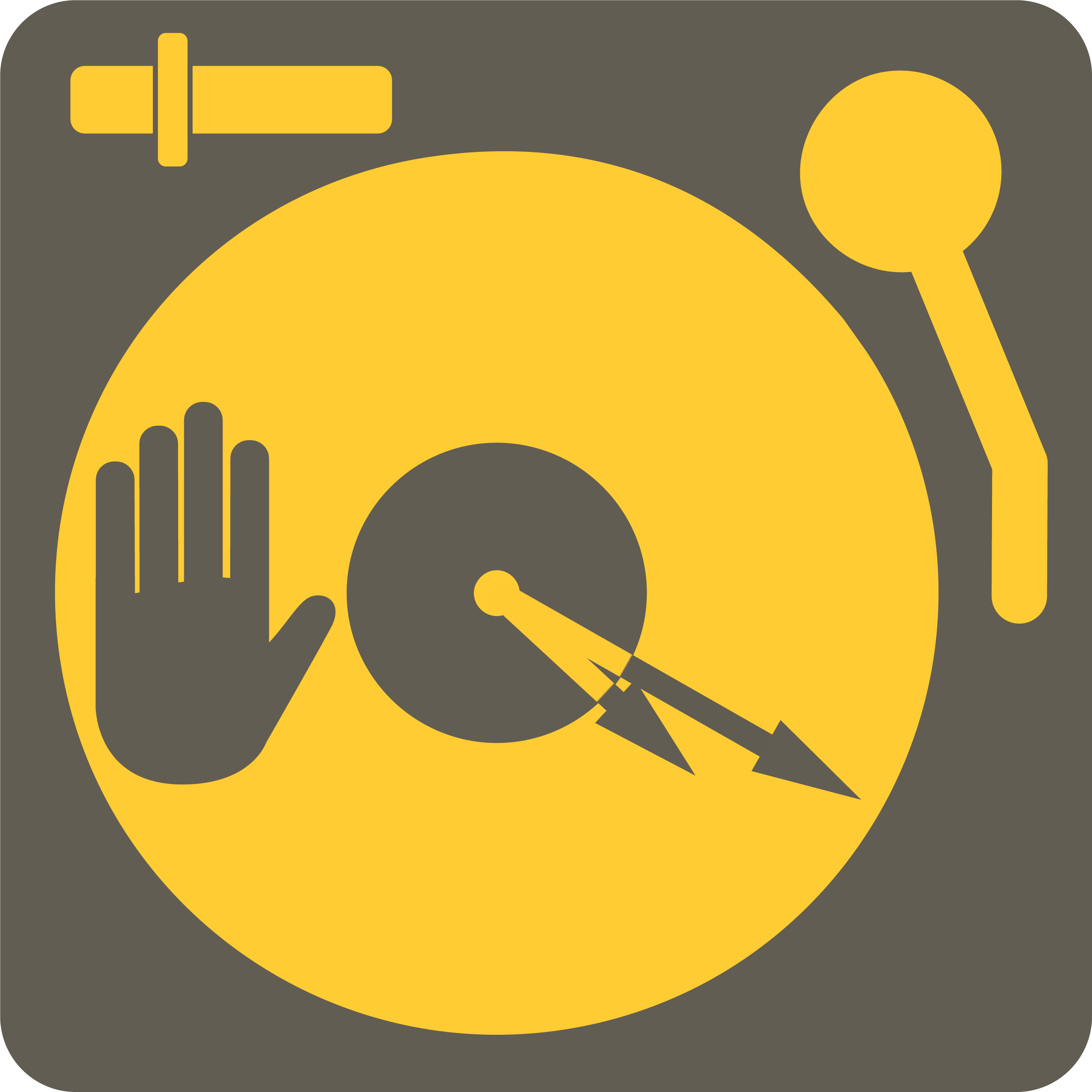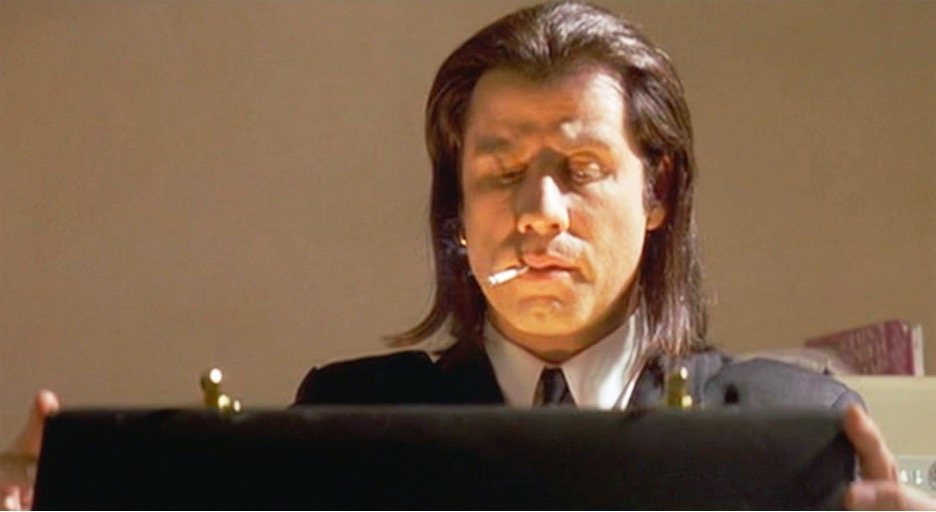Imagine
Your eyes are closed, yet you are seeing it. You can even smell the air there. Your favorite place, does it exist? I mean, is it a “real” location where it is possible that you and I can go? Is it a spacetime that you created in your mind that only you can access? How do you get there?
Perception + Imagination = “Reality”
Perception
The ability to see, hear or become aware of something through the senses.
Imagination
Imagination is like running perception in reverse.
This definition comes from Gregory Berns, a professor of neuroeconomics and director of the Center for Neuropolicy at Emory University. Berns poses that the link between perception and imagination is tight because both use the same neural circuits. The visual cortex normally activates when we see with our eyes. It also activates when we check out mental images. Sometimes, it’s hard to differentiate one from the other. Did I close the door when I left the apartment this morning, or just thought about it? If you can remember the difference clearly, you might have an extra fold in your brain.
The way you and I perceive the world is not just how our senses transmit information of what’s out there to our brains. The brain itself is creating it. The experience of blind-born children that recovered vision later in life tells us that the world doesn’t appear the same as for children born with regular vision. There is much to be learned about the shapes of objects, the limits between them, or how to interpret faces.
If we run every day for two hours, our body shape will specialize for it. Some muscles will grow bigger, other tissues will go smaller. It’s about optimizing energy expenditure. Our brains are no different. They specialize in processing external information using the least amount of energy possible. Consequently, Berns argues, visual perception is largely the statistical result of expectations based on our past experiences. Repeated experience modifies (simplifies) neural connections so less is necessary when we process the same sensory information in the future.
Education consists mainly in what we have unlearned.
Mark Twain
Re-imagine
Walt Disney, Florence Nightingale, Steve Jobs,… Berns defines each of these folks as an iconoclast: People that do things that others considered undoable literally because they see things differently. We can all learn how to see the world as it could be. The first step is to stop the cycle of experience-based categories and develop new neural pathways. Easier said than done, but there are ways to help the process. It basically sums up to introducing circumstances in our life in which our brains have a hard time predicting what’s next:
- Hang out with different people.
- Immerse yourself in new environments.
- Do new physical activities.
- Work outside your area of expertise.
- Dress like someone who does what you want to do.
By stepping outside our comfort zone, we can rewire the frontal cortex, which is responsible for our decision-making. The more radical the changes, the more likely we can gather new insights. The reason behind it, Berns explains, is that by being outside our usual (automatic) system of categorization, we are forcing ourselves to create new ones based on our gut feelings.
Creating, a whole-brain business
Shlegel and colleagues asked some participants in their experiment to change the images of certain given objects in their brains while undergoing an fMRI scan. Originally, they thought they would see mental manipulation reflected in the visual cortex. They found that, at least, 12 brain regions are involved in the process. The brain works as a whole. There is no such thing as the “analytical left” and the “creative right” brains.
Cognitive scientist Scott Barry Kaufman argues that when our imagination is at work, different neural networks interact differently with one another. In particular, these three are heavily involved in creative thinking:
Executive attention network
Related to “laser-focus” attention, such as when you are passing a bowl of soup to the person sitting next to you during your family dinner.
Salient brain network
This network moves quickly between external stimuli and our internal consciousness stream. It gathers all coming information and prioritizes by urgency.
and specially
Default mode network (“imagination” network)
When we remember or think about the future considering alternative scenarios. The imagination network plays an important role during social interactions. We constantly try to figure what the others are thinking…
Imagination and human evolution
The simplest forms of imagination likely originated with REM-sleep dreaming in mammals (and birds), perhaps as early as 150 million years ago [1]. However, it was not until less than 3 million years ago that the first hominins started to systematically conceived new objects in their minds, and creating them [2]. As it usually happens, things get complicated the closer we get to humans. The last substantial leap didn’t occur until Homo sapiens created a new augmented reality composed of Gods, countries, and money.
As previously stated, our brains use help from the senses and our previous experiences to imagine reasonable features of our surrounding world. But that’s not all, psychologist Daniel Gilbert explains that we go on and create simulations of the likely future for ourselves and take note of our emotional reactions to them [3]. Based on those prefeelings, we decide which direction to go.
We might better take the advice of someone who is in the future we want to be. Instead, we decide to go on our own. What worked for others doesn’t mean it would work for us. After all, each of us is special, right?
[1] This interesting topic is reviewed in the following piece (behind paywall):
Hobson, J. REM sleep and dreaming: towards a theory of protoconsciousness. Nat Rev Neurosci 10, 803–813 (2009). https://doi.org/10.1038/nrn2716
[2] I have been thinking about this a lot. Here is a link to an open-access comment about it in Science.
[3] I insist everyone should read Gilbert’s book Stumbling on Happiness.
The cover image is John Travolta as hitman Vincent Vega in Pulp Fiction (credit: Miramax, A Band Apart and Jersey Films). The character, and his experiences in Europe, came out of Quentin Tarantino’s imagination after spending three months writing the script in Amsterdam. Put yourself in a new environment and interesting things could happen. By the way, what’s causing the mysterious glowing coming out of the suitcase?

